COVID-19 vaccination is ongoing. People who have not yet gone to COVID-19 vaccination may not know that COVID-19 vaccination requires two shots. There is a long time interval between the first shot and the second shot. How long is the interval between two shots of COVID-19 vaccination? Let's learn about the relevant issues together.
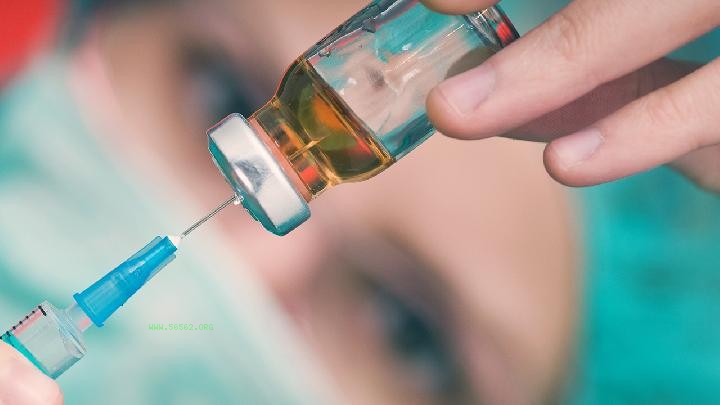 Interval between two shots of COVID-19 vaccine
Interval between two shots of COVID-19 vaccineThe interval between two shots of the same vaccine shall not be less than 28 days at least, and may be months or even years at the longest. There is no clear requirement between two doses of different vaccines. Children must be vaccinated according to China's immunization program to avoid affecting the effectiveness of vaccination. For example, a newborn baby should be vaccinated with two vaccines at the same time within 24 hours, the first dose of BCG vaccine and hepatitis B vaccine. The second dose of hepatitis B vaccine was given at the age of one month, and the third dose of hepatitis B vaccine was given at the age of six months. The polio vaccine is administered at 2 months, 3 months, and 4 months of age, with a booster dose at the age of 4.
The interval between the second dose of COVID-19 vaccine is too long, so it is recommended to reseed in time. After the first dose of COVID-19 vaccine is inoculated, the second dose is required to be completed within 8 weeks after the interval of more than 3 weeks, so that the immune effect is the best. But if the interval between the second dose is too long, that is, if it has not been vaccinated for more than 8 weeks, then there is no need to re administer the first dose when re administering. Just make up for the unvaccinated doses. In order to establish a better immune barrier effect, it is recommended to follow the prescribed time requirements for vaccination.
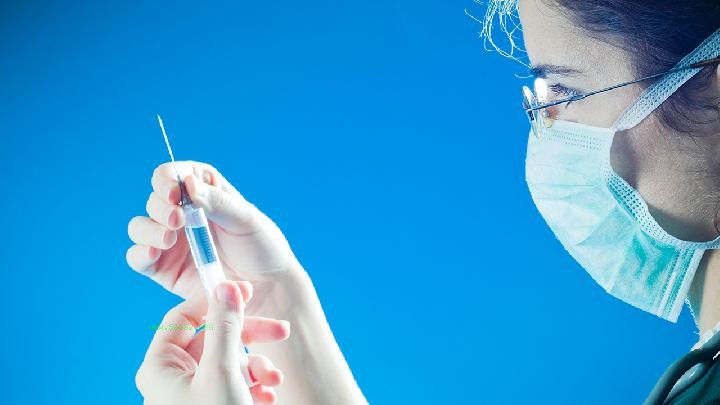
In addition, the last three doses of recombinant COVID-19 vaccine have been put into the market for use, but most of the COVID-19 vaccines currently used are two doses.
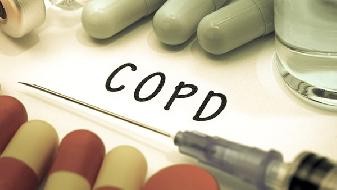 Precautions after COVID-19 vaccination
Precautions after COVID-19 vaccinationAfter vaccination, the recipient should stay in the vaccination unit for 30 minutes. During the stay, if the recipient has symptoms such as pale face, sweating, clammy limbs, rash, weak pulse speed, cyanosis, swelling of face and throat, dyspnea, etc., please immediately find a doctor at the seeding site for treatment. After vaccination, it is recommended to rest more, drink more water, and keep the injection site clean and hygienic. Do not clean, squeeze, or massage the vaccination site to prevent local infection.
After vaccination, you should check the vaccination appointment to know the next vaccination time. If there are reactions such as fever, local redness, swelling, and pain after vaccination, in addition to symptomatic treatment, the doctor of the vaccination unit should be informed in a timely manner to make relevant records; Very few individuals may experience high fever or persistent fever for several days or other more serious conditions, and should seek medical attention promptly to prevent delaying the condition. Vaccination is one of the main measures to prevent COVID-19. After vaccination, it is still necessary to adhere to prevention and control measures such as wearing masks, washing hands frequently, and taking body temperature.

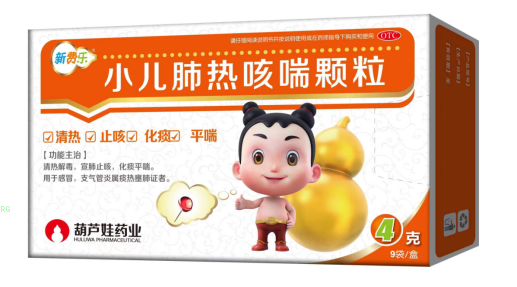
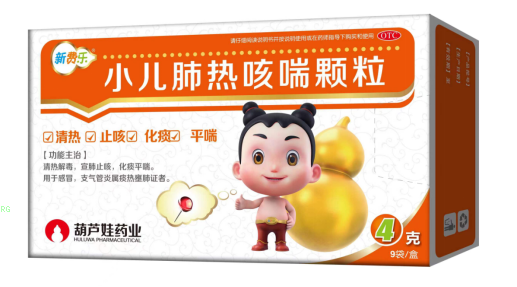
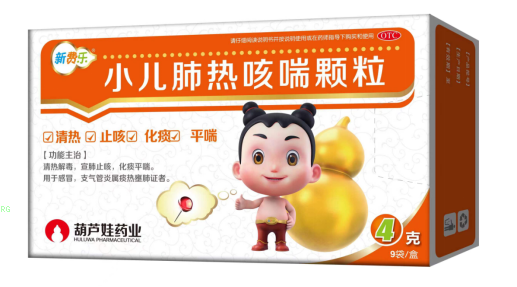


Comments (0)
Leave a Comment
No comments yet
Be the first to share your thoughts!